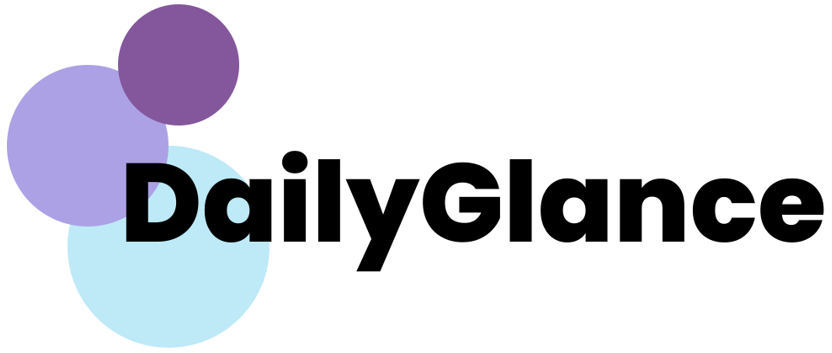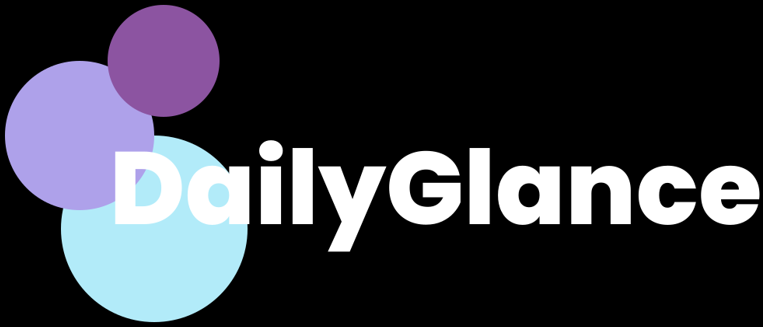Now Reading: What does it mean to overdraft your checking account?
-
01
What does it mean to overdraft your checking account?
What does it mean to overdraft your checking account?
This detailed guide provides insights on overdrafts in checking accounts, explaining their mechanics, potential consequences, and ways to prevent them. It covers topics like overdraft coverage, associated fees, and offers practical advice such as setting low balance alerts, budgeting, and maintaining a buffer in your account. The importance of repaying overdrafts promptly, understanding fees, and opting out of coverage where feasible is highlighted to aid individuals in effectively managing their finances.
Encountering a negative balance in your checking account due to overspending can be overwhelming. This article explores overdrafts, clarifying how they operate and their impact on your financial situation. Understanding the consequences, whether it’s dealing with fees, declined transactions, or account closure, is crucial.
Overdraft coverage and protection are crucial in balancing your account, each with its own implications. While overdraft coverage offers a safety net, it often comes with fees. On the other hand, overdraft protection utilizes your funds as a buffer, potentially incurring charges but typically lower than traditional overdraft fees.
To steer clear of overdraft issues, proactive strategies are vital. From creating a budget to setting alerts for low balances and maintaining a buffer, there are several ways to avoid overdraft scenarios. Repaying overdrafts promptly and being mindful of associated fees are essential for navigating your financial landscape effectively.
By proactively managing your checking account and making informed decisions on overdraft coverage, you can protect your finances and establish a more secure financial future.




